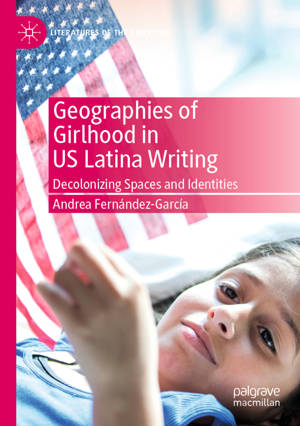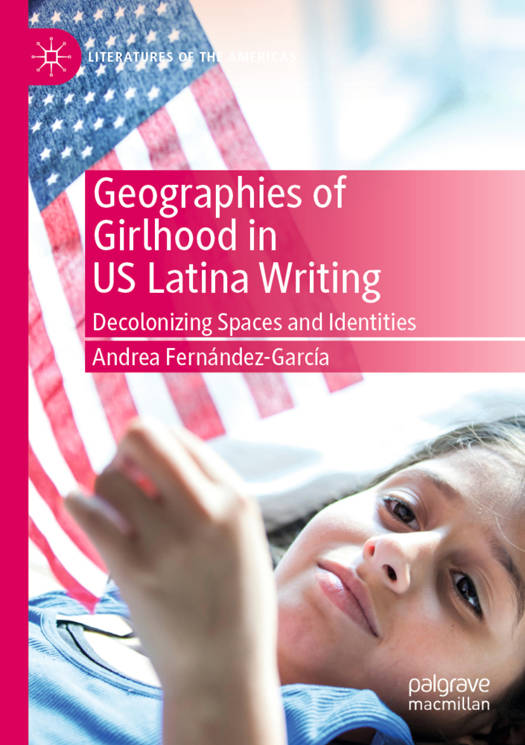
- Afhalen na 1 uur in een winkel met voorraad
- Gratis thuislevering in België vanaf € 30
- Ruim aanbod met 7 miljoen producten
- Afhalen na 1 uur in een winkel met voorraad
- Gratis thuislevering in België vanaf € 30
- Ruim aanbod met 7 miljoen producten
Zoeken
Geographies of Girlhood in Us Latina Writing
Decolonizing Spaces and Identities
Andrea Fernández-García
€ 73,95
+ 147 punten
Uitvoering
Omschrijving
This book is an in-depth study of Latina girls, portrayed in five coming-of-age narratives by using spaces and places as hermeneutical tools. The texts under study here are Julia Alvarez's Return to Sender (2009), Norma E. Cantú's Canícula: Snapshots of a Girlhood en la Frontera (1995), Mary Helen Ponce's Hoyt Street: An Autobiography (1993), and Esmeralda Santiago's When I Was Puerto Rican (1993) and Almost a Woman (1998). Unlike most representations of Latina girls, which are characterized by cultural inaccuracies, tropes of exoticism, and a tendency to associate the host society with modernity and their girls' cultures of origin with backwardness and oppression, these texts contribute to reimagining the social differently from what the dominant imagery offers.
By illustrating the vexing phenomena the characters have to negotiate on a daily basis (such as racism, sexism, and displacement), these narratives open avenuesfor a critical exploration of the legacies of colonial modernity. This book, therefore, not only enables an analysis of how the girls' development is shaped by these structures of power, but also shows how such legacies are reversed as the characters negotiate their identities. It breaks with the longstanding characterization of young people, and especially Latina girls, as voiceless and deprived of agency, showing readers that this youth group also has say in controlling their lifeworlds.
By illustrating the vexing phenomena the characters have to negotiate on a daily basis (such as racism, sexism, and displacement), these narratives open avenuesfor a critical exploration of the legacies of colonial modernity. This book, therefore, not only enables an analysis of how the girls' development is shaped by these structures of power, but also shows how such legacies are reversed as the characters negotiate their identities. It breaks with the longstanding characterization of young people, and especially Latina girls, as voiceless and deprived of agency, showing readers that this youth group also has say in controlling their lifeworlds.
Specificaties
Betrokkenen
- Auteur(s):
- Uitgeverij:
Inhoud
- Aantal bladzijden:
- 198
- Taal:
- Engels
- Reeks:
Eigenschappen
- Productcode (EAN):
- 9783030201098
- Verschijningsdatum:
- 21/01/2021
- Uitvoering:
- Paperback
- Formaat:
- Trade paperback (VS)
- Afmetingen:
- 148 mm x 210 mm
- Gewicht:
- 276 g

Alleen bij Standaard Boekhandel
+ 147 punten op je klantenkaart van Standaard Boekhandel
Beoordelingen
We publiceren alleen reviews die voldoen aan de voorwaarden voor reviews. Bekijk onze voorwaarden voor reviews.











